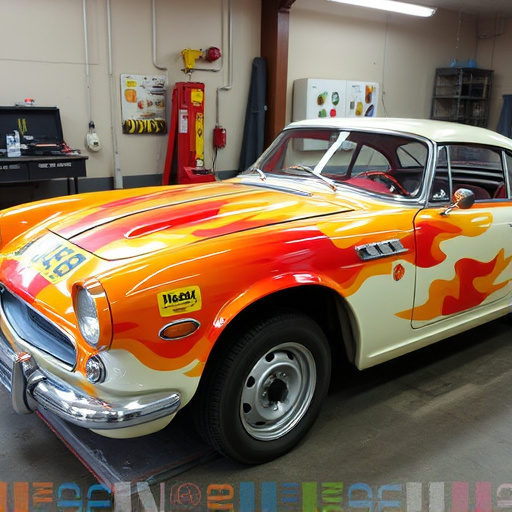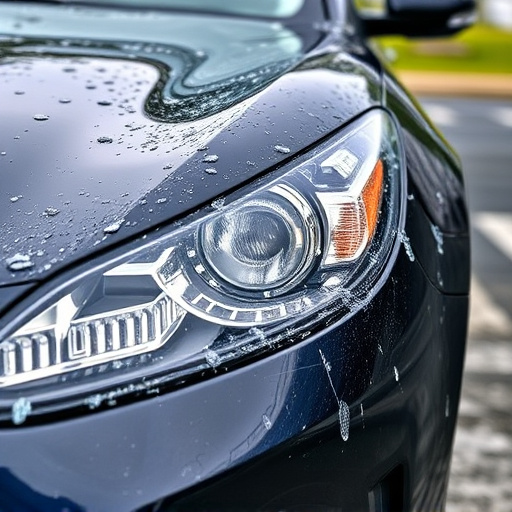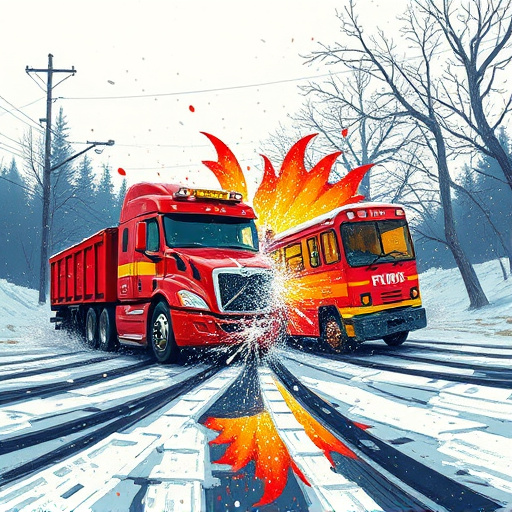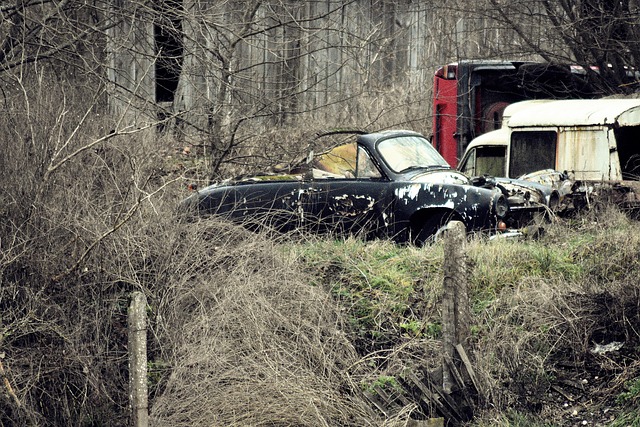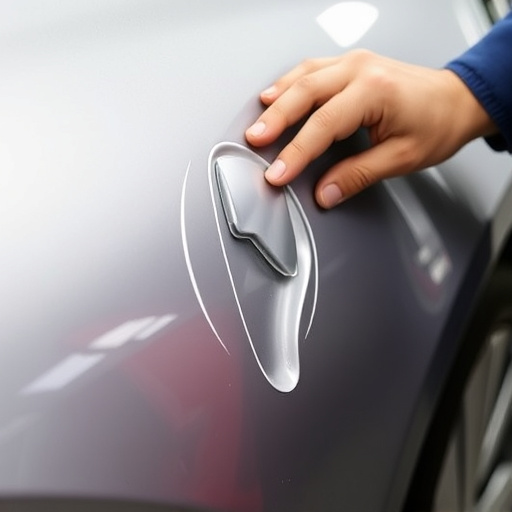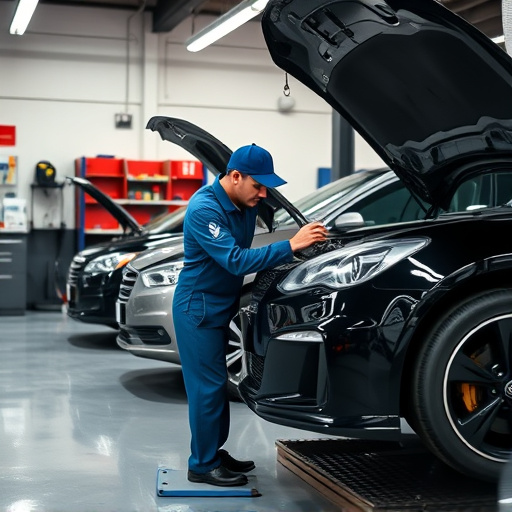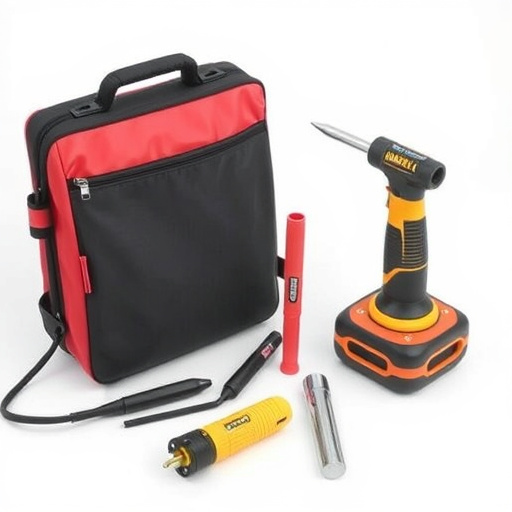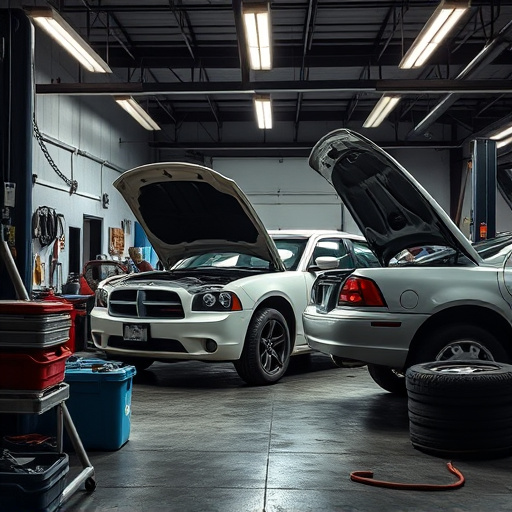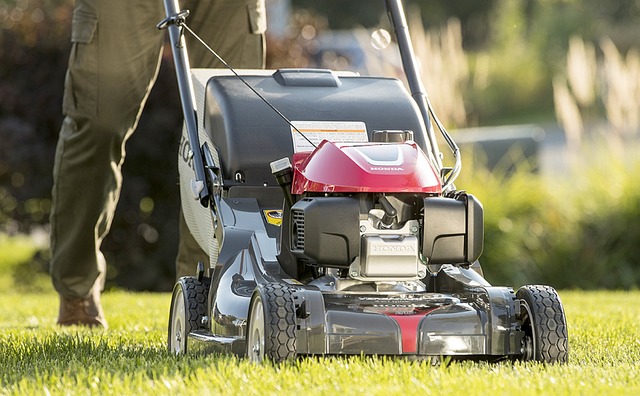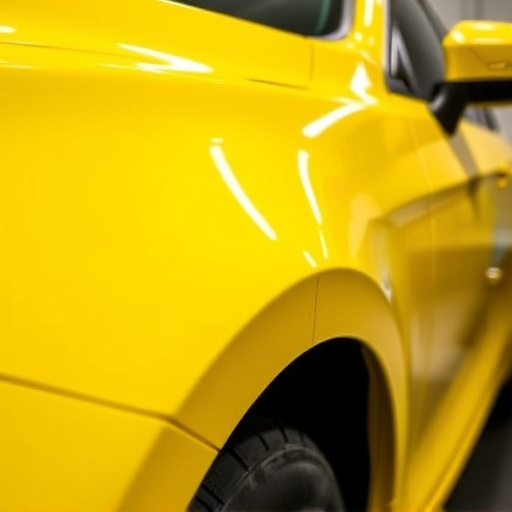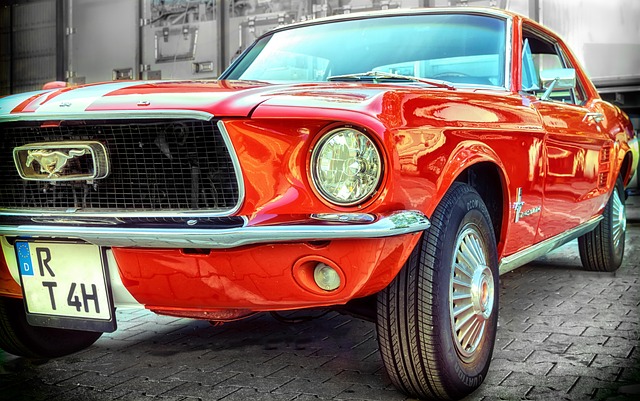Post-collision, a comprehensive exhaust system safety check is vital for vehicle repair. Inspect for visible damage like dents or cracks, especially after significant rear or underbody impacts. Leaks and improper gas flow can be detected through diagnostic tests, enhancing engine efficiency and safety. In severe cases, replacing the entire exhaust system is recommended by automotive specialists to ensure optimal performance and security. Prompt consultation with a professional auto repair service specializing in exhaust system collision repair is advised.
After a collision, properly assessing and maintaining your vehicle’s exhaust system is crucial for both safety and performance. This guide delves into the critical aspects of exhaust system collision repair, offering insights on recognizing damage, understanding common failure points, mitigating hazards during repairs, and ensuring optimal installation and testing post-repair. By following these steps, you’ll facilitate a safer and more effective exhaust system collision repair process, enhancing your vehicle’s longevity and reliability.
- Assessing Exhaust System Damage After a Collision
- – Recognizing visible signs of exhaust system damage
- – Common collision-related exhaust component failures
Assessing Exhaust System Damage After a Collision
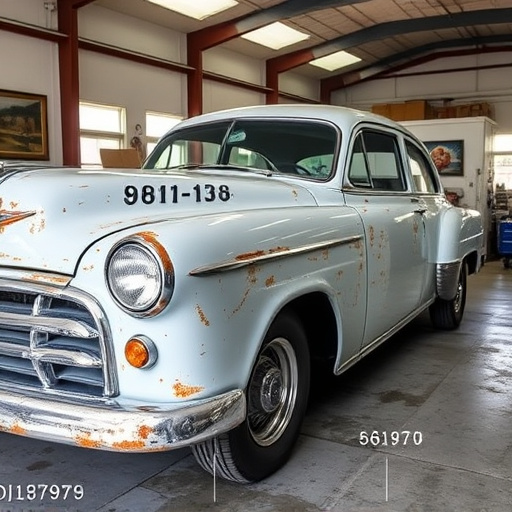
After a collision, assessing exhaust system damage is a crucial step in any vehicle’s repair process. The exhaust system plays a vital role in maintaining engine performance and ensuring safe operation, so it’s important to not overlook potential issues. During the initial inspection, look for visible signs of damage such as dents, cracks, or leaks. Remember that even if the exhaust doesn’t appear severely damaged, internal weaknesses could exist that compromise its structural integrity.
If the vehicle has sustained significant impact in the rear or underbody area, it’s particularly important to carefully examine the exhaust system for potential detachment or misalignment. An auto body work expert should also perform a comprehensive diagnostic test to check for any leaks and ensure proper gas flow, which is critical not only for engine efficiency but also for preventing hazardous situations. In cases of severe collision damage, automotive repair specialists may recommend replacing the entire exhaust system to guarantee optimal safety and performance.
– Recognizing visible signs of exhaust system damage
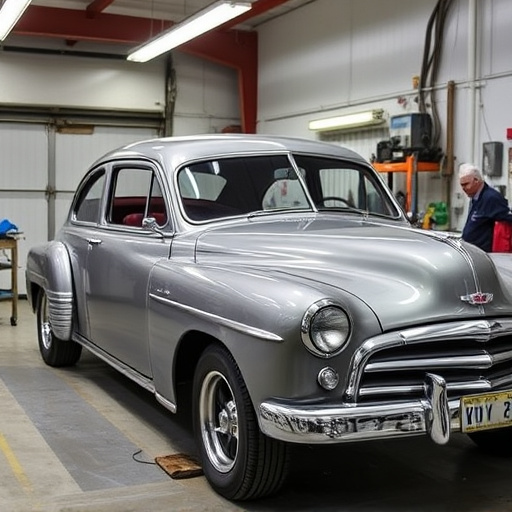
When a vehicle experiences a collision, it’s crucial to perform an exhaust system safety check as part of the overall inspection. While some damage might be immediately apparent, such as dents or cracked car body panels, exhaust system issues can often go unnoticed. Look for visible signs like rust spots, especially around joints and hangers, which could indicate leaks or corrosion due to water intrusion. Check for any loose connections or hanging pipes, as these are common indicators of collision damage. Exhaust systems are intricate networks, and even minor collisions can compromise their integrity.
Pay close attention to the exhaust pipes, muffler, and catalytic converter for any signs of denting, cracking, or separation. These components play a vital role in ensuring optimal vehicle performance and emissions control. If you notice any abnormalities, it’s advisable to consult a professional auto repair service specializing in exhaust system collision repair. Prompt car body repair and replacement of damaged parts are essential to not only restore safety but also prevent further complications that could impact the overall car paint repair process.
– Common collision-related exhaust component failures
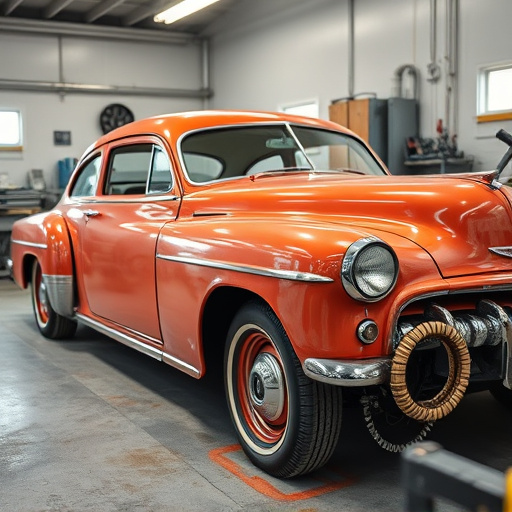
In an automotive collision repair, one of the critical areas to assess is the exhaust system. Following a crash, several components within this system can fail or become compromised. Common issues include damaged or separated exhaust pipes, broken hangers that support the exhaust, and holes or cracks in the muffler or catalytic converter. These failures not only pose safety risks but also indicate deeper structural damage to the vehicle.
During car body restoration after a collision, it’s essential to inspect these parts thoroughly. If left unaddressed, even seemingly small issues can lead to more severe problems down the line, including engine performance issues and environmental hazards due to toxic exhaust leaks. Proper car paint repair techniques can later be applied to restore both the cosmetic appeal and structural integrity of the exhaust system.
After a collision, thoroughly assessing the exhaust system for any damage is crucial for both safety and effective collision repair. By recognizing visible signs of damage and understanding common failure points, such as bent or broken pipes, damaged hangers, or loose connections, technicians can ensure that the exhaust system is fully restored to its original condition. Timely inspection and repairs are vital to prevent further complications and maintain the vehicle’s overall performance and safety standards, making exhaust system collision repair an indispensable step in the post-accident restoration process.


